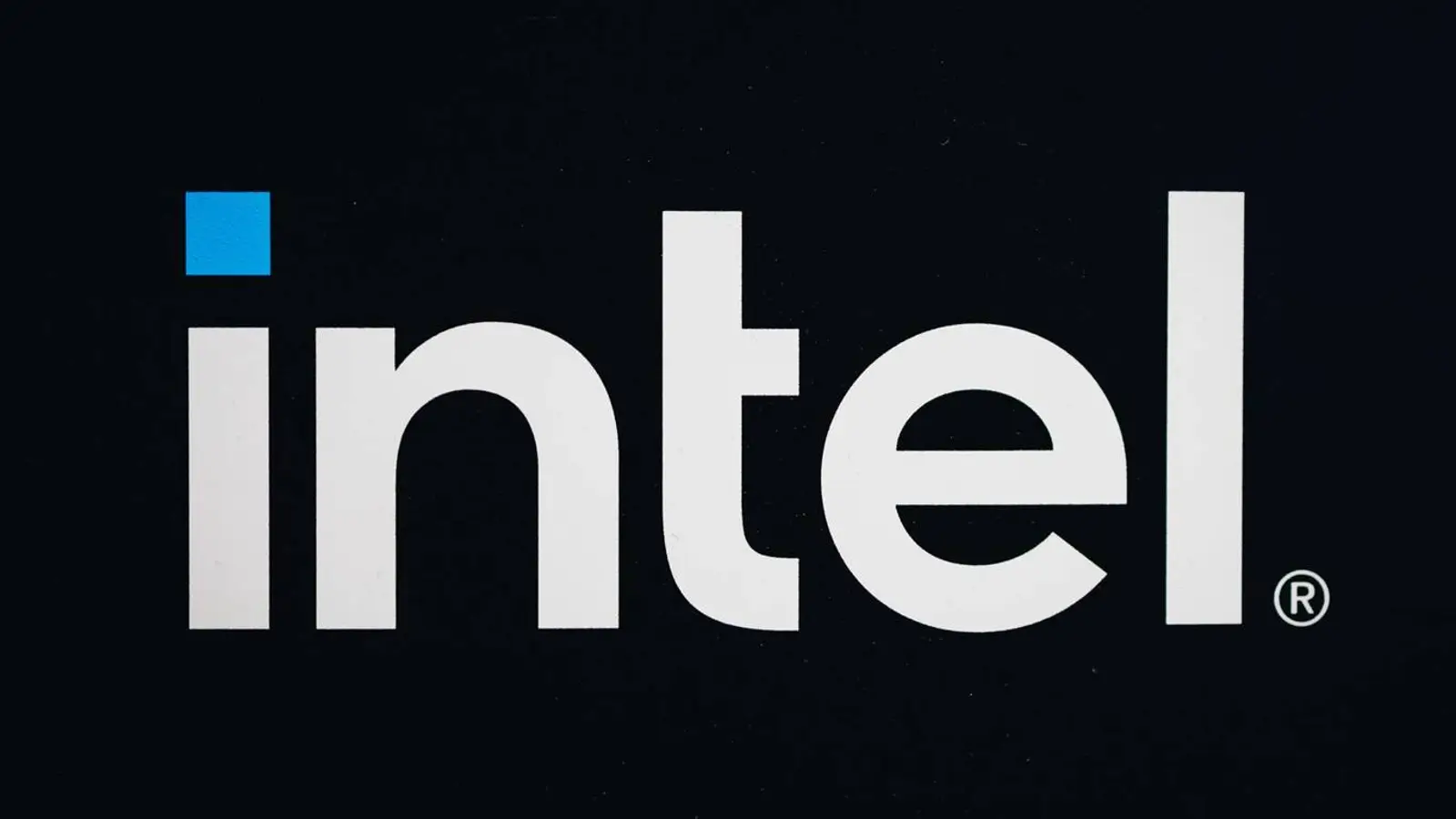https://pepelac.news/en/posts/id5051-intel-retires-data-center-gpus-ponte-vecchio-arctic-sound
Intel retires data center GPUs: Ponte Vecchio, Arctic Sound
Intel winds down Ponte Vecchio and Arctic Sound data center GPUs, pivoting to Jaguar Shores AI accelerators
Intel retires data center GPUs: Ponte Vecchio, Arctic Sound
Intel ends support for Ponte Vecchio and Arctic Sound in XPU Manager 1.3.3, shifting to Jaguar Shores AI accelerators with HBM4 and stronger OneAPI tooling.
2025-10-13T14:42:56+03:00
2025-10-13T14:42:56+03:00
2025-10-13T14:42:56+03:00
Intel has officially started to wind down its data center GPUs—the Ponte Vecchio and Arctic Sound families. The move surfaced in the changelog for the Intel XPU Manager utility, where version 1.3.3 drops support for both lines. Owners of these GPUs are advised to skip the update and stick with earlier builds to keep their systems fully functional.The rationale is straightforward: the company is shifting to a new generation of AI accelerators, Jaguar Shores. That pivot closes a short yet significant chapter for Intel’s data center graphics. Ponte Vecchio, built on the Xe-HPC microarchitecture, was once positioned as an ambitious answer to NVIDIA and AMD. In practice, its high cost, power draw reaching up to 600 W, and integration hurdles capped its commercial reach.Arctic Sound, the more compact option, also struggled to gain broad adoption, despite appearing in some cloud services. Analysts point out that the bottleneck wasn’t just hardware. Intel had to stand up tools and drivers essentially from scratch—and in a market dominated by CUDA and ROCm, that slowed momentum.Recognizing the need to reset course looks like the right call. As data centers pivot to AI accelerators, Jaguar Shores—paired with HBM4 and more mature OneAPI support—has a chance to become what Ponte Vecchio never quite did: a viable challenger to NVIDIA in HPC and machine learning.
Intel, data center GPUs, Ponte Vecchio, Arctic Sound, XPU Manager 1.3.3, Jaguar Shores, AI accelerators, HBM4, OneAPI, HPC, machine learning, NVIDIA competitor, ROCm, CUDA
2025
news
